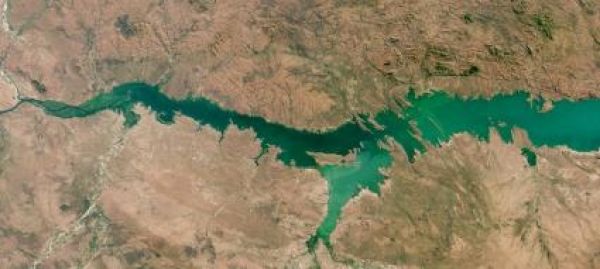The intensity of summer algal blooms has increased over the past three decades, according to a first-ever global survey of dozens of large, freshwater lakes, which was conducted by Carnegie’s Jeff Ho and Anna Michalak and NASA’s Nima Pahlevan and published by Nature.
Reports of harmful algal blooms—like the ones that shut down Toledo’s water supply in 2014 or led to states of emergency being declared in Florida in 2016 and 2018—are growing. These aquatic phenomena are harmful either because of the intensity of their growth, or because they include populations of toxin-producing phytoplankton. But before this research effort, it was unclear whether the problem was truly getting worse on a global scale. Likewise, the degree to which human activity —including agriculture, urban development, and climate change—was contributing to this problem was uncertain.
“Toxic algal blooms affect drinking water supplies, agriculture, fishing, recreation, and tourism,” explained lead author Ho. “Studies indicate that just in the United States, freshwater blooms result in the loss of $4 billion each year.”
Despite this, studies on freshwater algal blooms have either focused on individual lakes or specific regions, or the period examined was comparatively short. No long-term global studies of freshwater blooms had been undertaken until now.
Continue reading at Carnegie Institution for Science
Image via Carnegie Institution for Science


